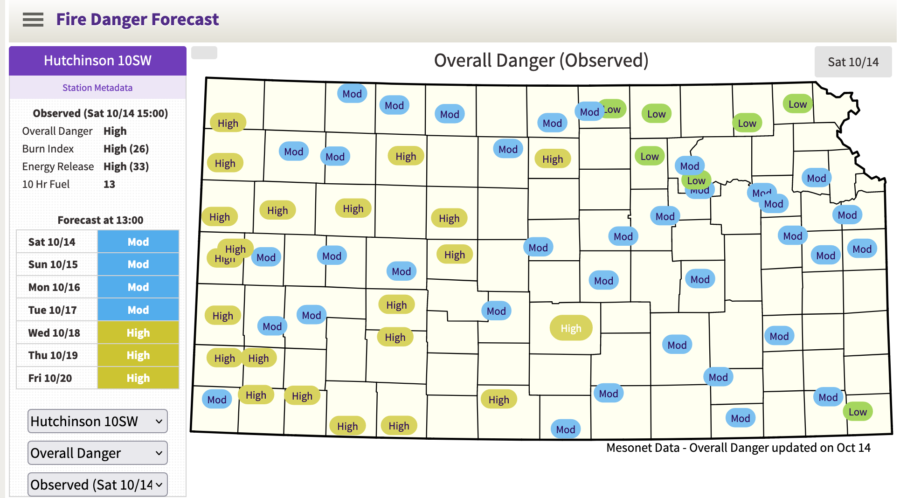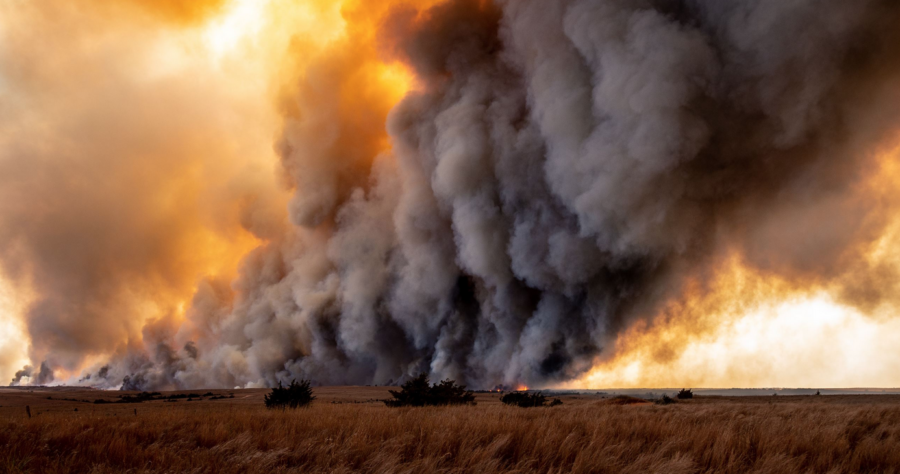The USFS Community Wildfire Defense Grant Program helps communities and tribes reduce their wildfire risk and become more fire-resilient. The program prioritizes its grant funding to low-income communities in high or very-high wildfire hazard potential areas, or those that have been affected by a severe wildfire that has increased its wildfire risk.

The program’s two goals are to develop and/or revise Community Wildfire Protection Plans (CWPPs) and to implement projects from said plans. The program also helps communities restore and maintain landscapes, create fire-adapted communities, and improve wildfire response.
Eligible at-risk communities include:
-
-
- Local governments representing communities at risk of wildfires
- Native American/ Indigenous Tribes
- Non-profit organizations that assist at-risk communities
- State forestry agencies
- Alaska Native Corporations
-
Interested applicants can read details at grants.gov and find instructions in the “notices of funding opportunities” to apply. Applications are accepted until 11:59 p.m. ET on October 31. To apply, follow the instructions online or search for the grant opportunity number specific for your notice (USDA-FS-2023-CWDG-TRIBES, USDA-FS-2023-CWDG-CWSF, USDA-FS-2023-CWDG-NEMW, USDA-FS-2023-CWDG-SGSF).
Check here to see whether your community is eligible to apply.
The maximum amount of funding that a community can receive is $250,000 for creating or updating CWPPs and $10 million for a project described in a community’s CWPP that is less than 10 years old.

Applicants are highly encouraged to coordinate with their state forestry agency in proposal development. Forest Service staff are also available to assist with coordination, can provide liaison support for Tribes, and can assist with application submission if needed.
A virtual information session is scheduled for October 25 from 2 p.m. to 4 p.m. ET and you can register [HERE].

The USDA recently selected 100 applicants for funding, including applicants across seven tribes and 22 states. Every applicant selected was in a high or very high wildfire hazard potential area, and 86 percent of applicants met the definition of an “underserved community.”











